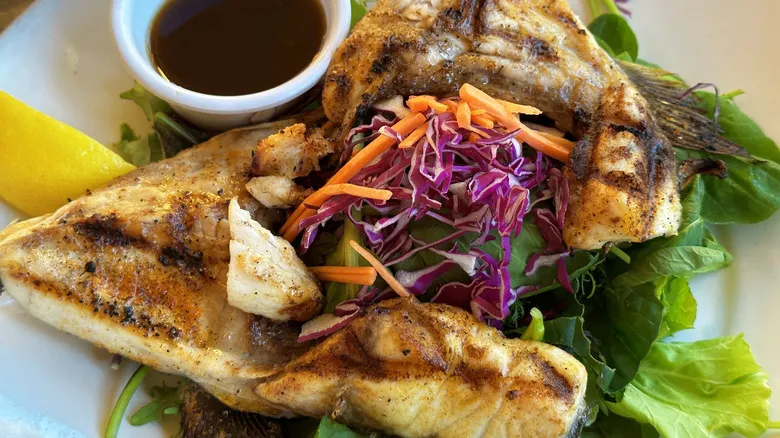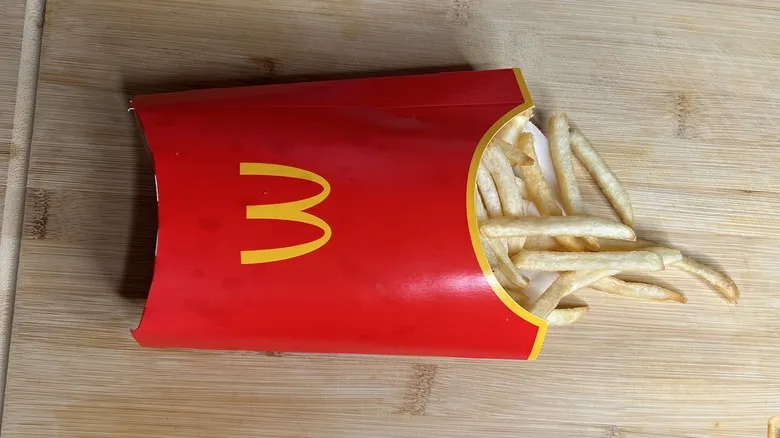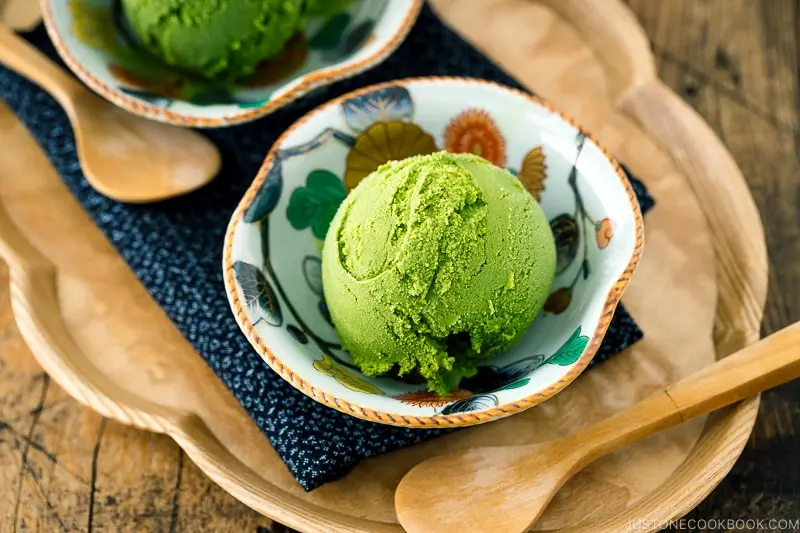What really is a tuna collar?

A tuna collar is a triangular cut taken from just behind the fish's gills. Occasionally, you may find a whole fin still attached, which you can either leave on for decoration or remove. The meat is connected to a large collarbone, which can be a bit tricky to handle initially. However, the advantage is that it lacks the tiny, sharp bones often found in other fish cuts, making it easier to enjoy.
Tuna collars are not commonly found in typical fish markets across America. Your best bet is to check out Asian fish markets, where they are regarded as a delicacy, particularly in Japanese cuisine. Alternatively, you can contact your favorite fishmonger and request that they reserve a collar for you the next time they receive fresh tuna. The effort is worthwhile, as this cut is often significantly cheaper than the more sought-after filets — a tuna collar weighing over 1.5 pounds can be priced as low as $25, while still being just as delicious.
Keep in mind that tuna collars are usually sold by the piece rather than by weight. So, if you do manage to find a fresh tuna collar, don’t be surprised if you end up with a 2 or 4-pound chunk of frozen fish to take home.
How to grill a tuna collar
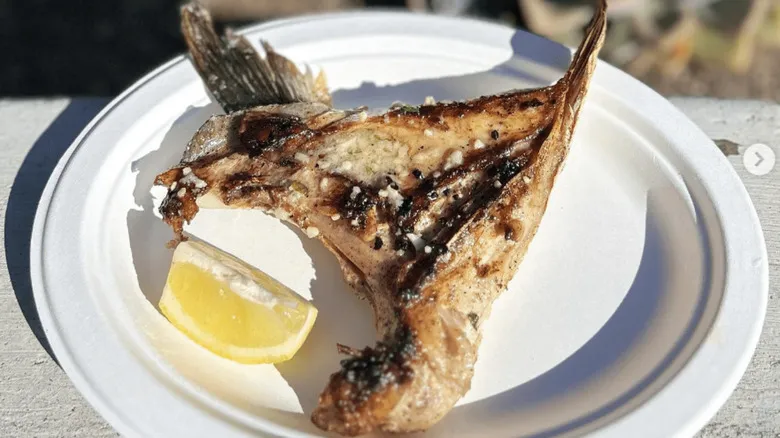
If you're new to grilling, you'll be pleased to know that cooking tuna collar is quite forgiving. Unlike leaner cuts that can dry out quickly, the collar's higher fat content ensures the meat remains moist and flavorful as it cooks on the grill.
There are numerous marinade and glaze options available, but for your first experience with this unique cut, it's best to keep things straightforward. Begin by patting the collar dry and seasoning it generously with salt and pepper. This simple preparation will yield a delicious first tuna collar. Preheat your grill to medium-high heat (around 375 to 450 degrees Fahrenheit). While the grill is heating, lightly oil the grates. Once the grill is ready, sear the tuna collar for about 5 minutes on each side over direct heat. You'll know it's done when you see those lovely grill marks on the skin and the meat flakes easily when you poke it with a fork.
While grilled tuna collar is delightful on its own, consider serving it with a small dish of soy sauce on the side. This simple addition enhances the experience and gives you a taste of why it's a popular dish in Japan. The savory sauce pairs perfectly with the rich flavor of the tuna!
Recommended

Upgrade Your Cocktails By Firing Up The Grill
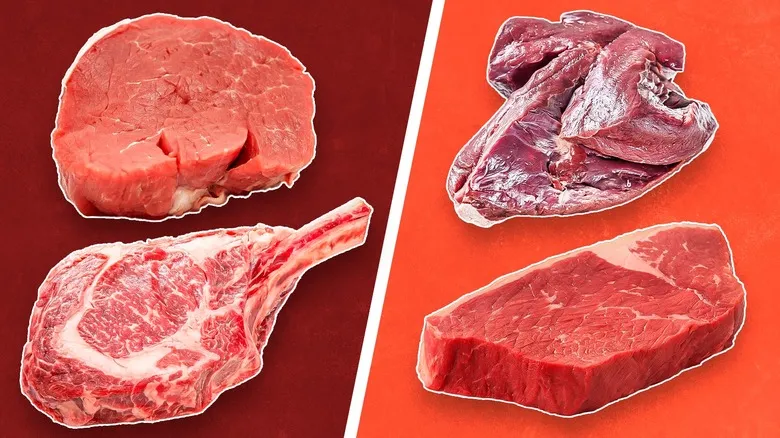
8 Cuts Of Steak You Should Always Buy And 4 You Should Avoid

What's The Best Temperature To Grill Burgers At, Really?
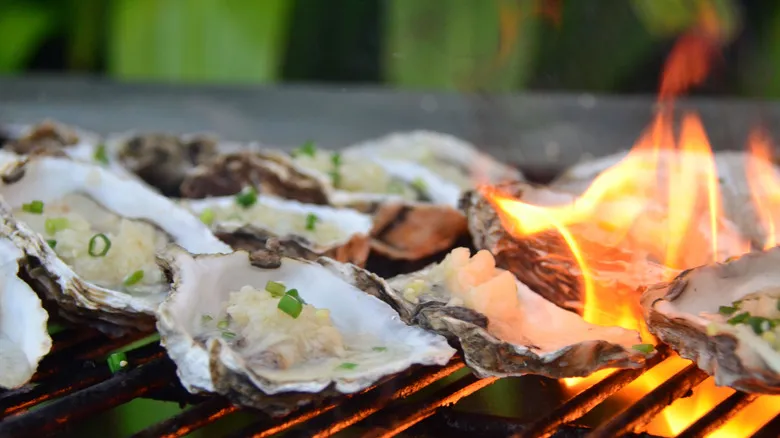
Oysters Vs Clams: Which To Choose For Your Summer Cookout
Next up

